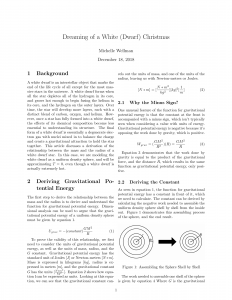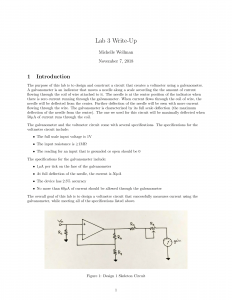This semester (Spring 2019), I have been taking a class titled “Philosophy of Quantum Mechanics” taught by Nina Emery at Mount Holyoke College. In this class we examine some of the strange phenomena seen in quantum mechanics and discuss the philosophical interpretations of this phenomena.
During the first portion of the class we talked about two odd phenomena known as the Two Path Experiment and the EPRB experiment. Both of these experiments exhibit surprising results that stun physicists to this day.
In particular, the results of the EPRB experiment exhibit a perfect anti-correlation, which has surprised physicists for decades and deserves an explanation. Many have attempted to develop theories to explain these bizarre results and interpret their implications, including Einstein and two of his grad students. The three of them came up with a theory known as “hidden variables theory”, which in short, explains the perfect anti-correlation seen in the EPRB experiment using a common cause explanation.
John Stewart Bell responded to this by developing a theorem known as “Bell’s Theorem”, which states that it is mathematically impossible for one to hold two assumptions, known as no conspiracy and locality, and allow hidden variables theory to be true. This leaves everyone with the dilemma of either giving up one of these assumptions or to not accept hidden variables theory and make another attempt to explain the perfect anti-correlation.
This paper that I wrote for the Philosophy of Quantum Mechanics class argues in favor of giving up the locality assumption. I argue for this response by explaining the EPRB experiment, hidden variables theory, and Bell’s theorem, and then making an argument for giving up the locality assumption in Bell’s Theorem. Lastly, I give a possible objection to my argument and explain why this objection is unconvincing.
Enjoy!


